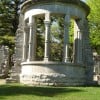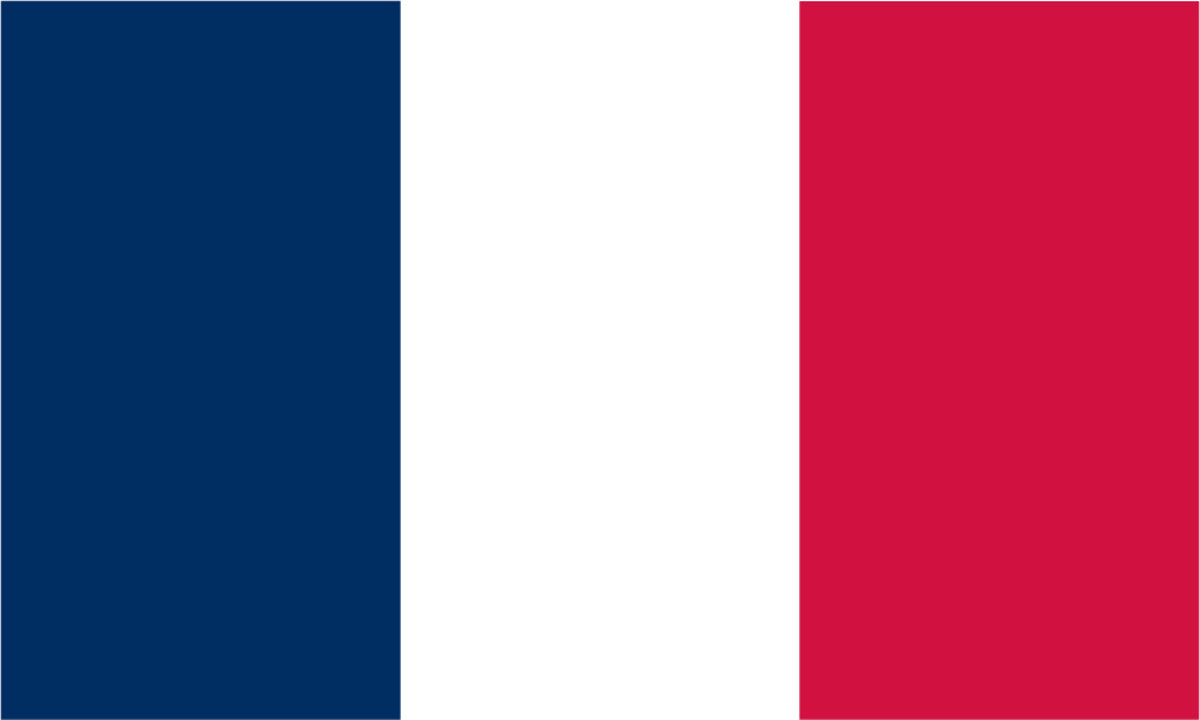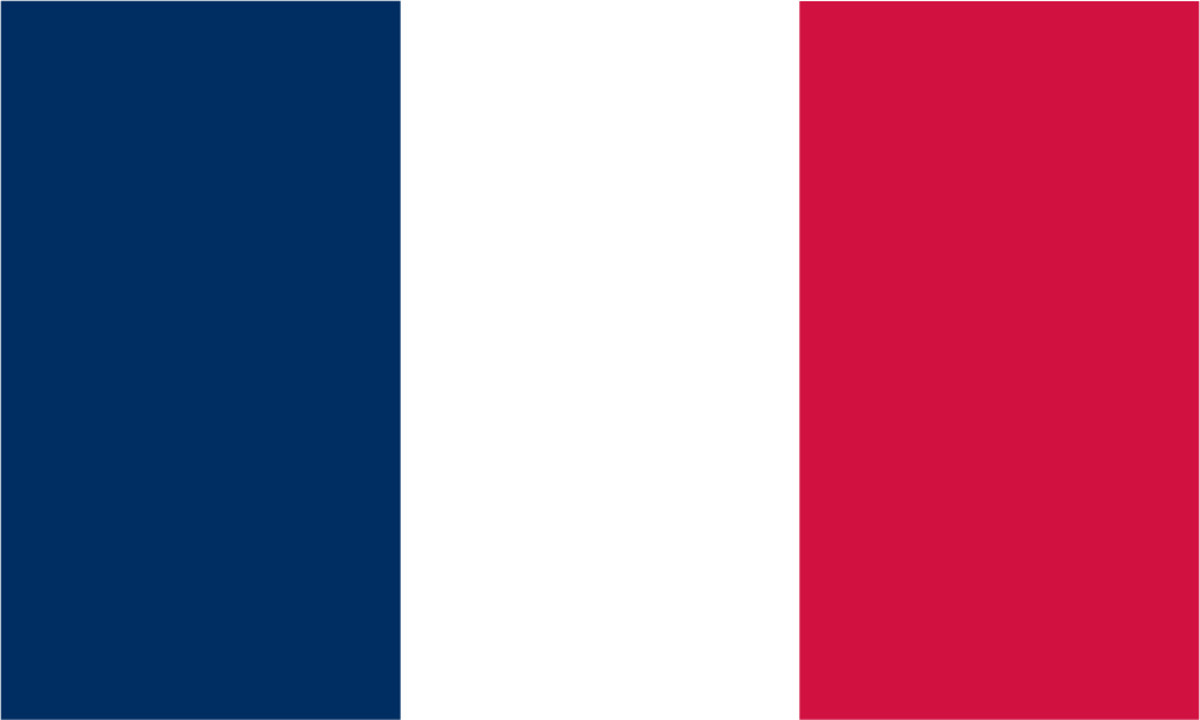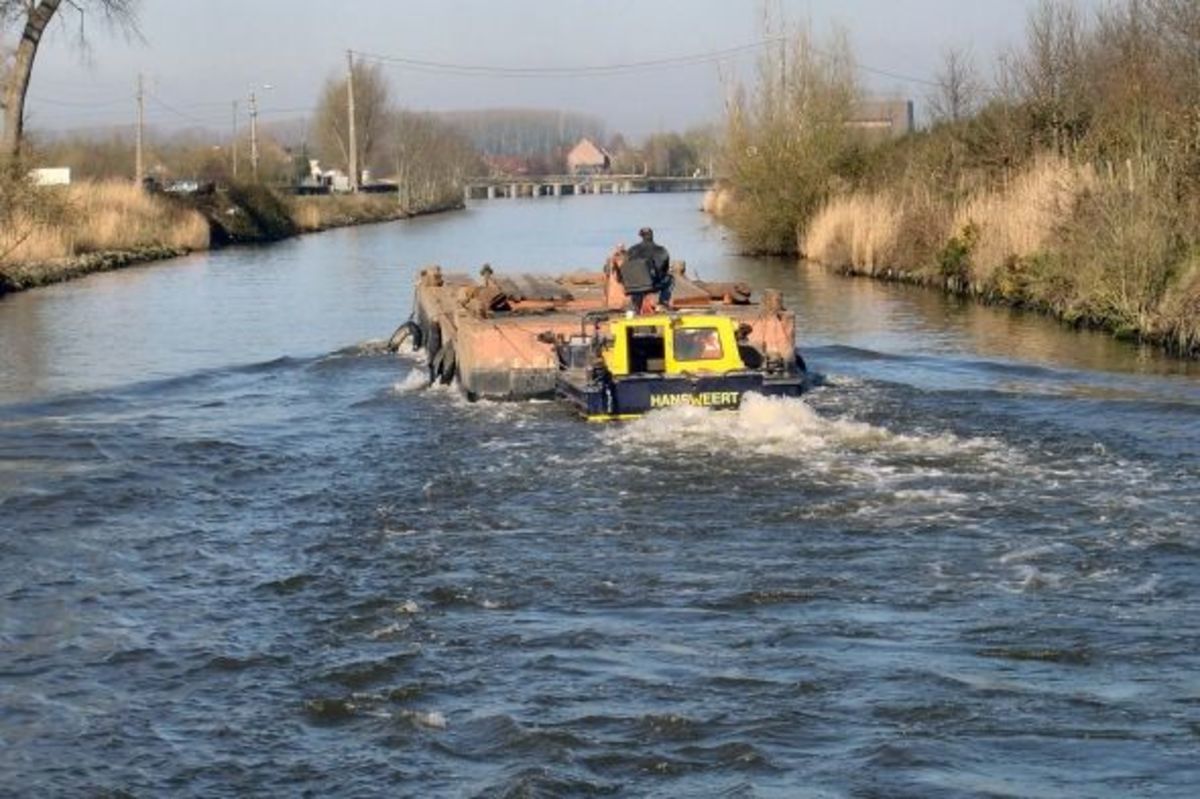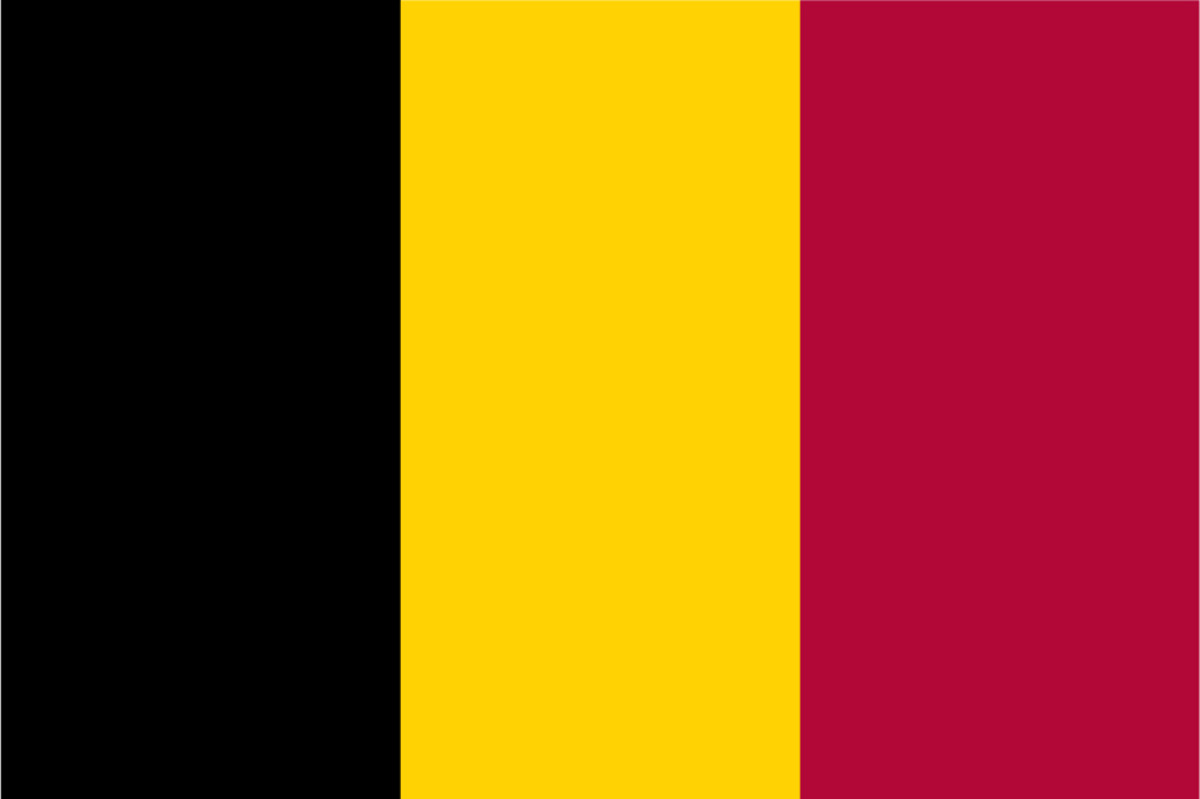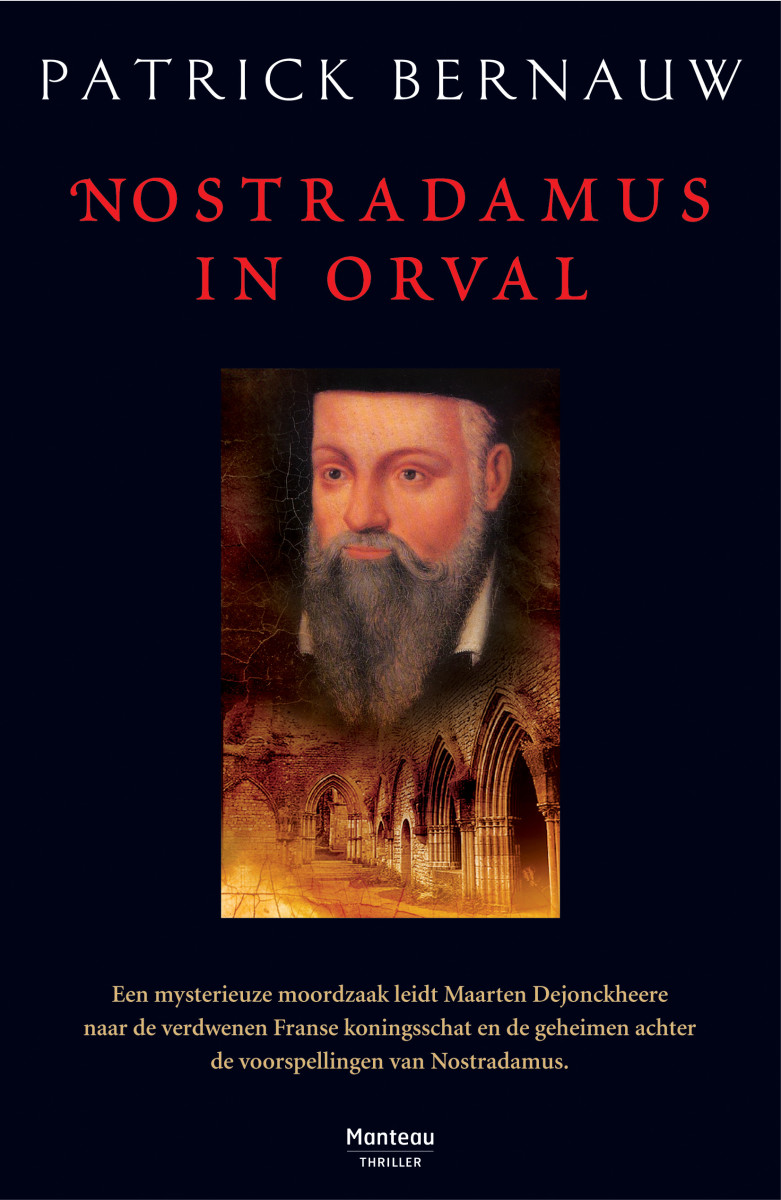Visiting Belgium's Mont de l'Enclus / Kluisberg: wooded hill divided into its French-speaking and Dutch-speaking parts
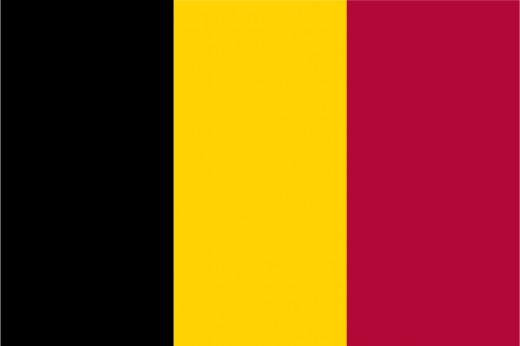
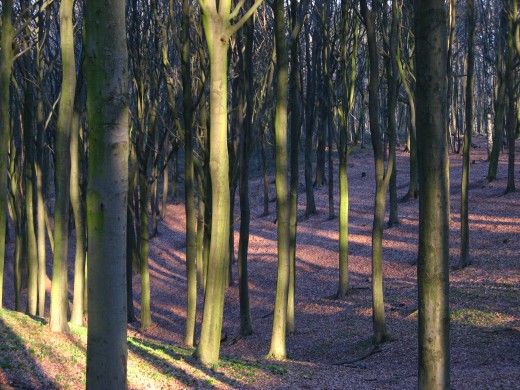
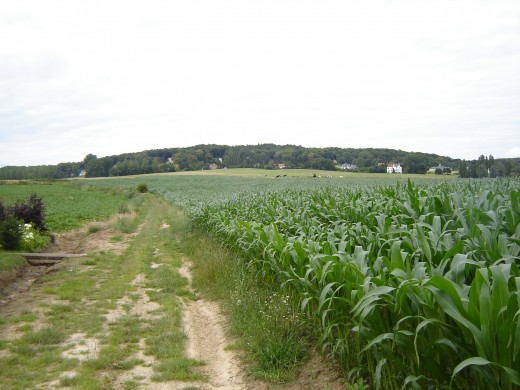
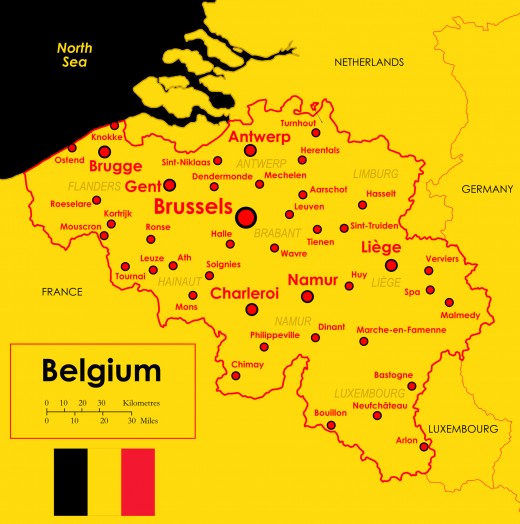
Where popular sovereignty hits the woods; or labels for people applied to trees
How can a hill covered in trees be partly French-speaking and partly Dutch-speaking? Answer: this is Belgium.
It happens, trust me.
But do the trees speak French or Dutch (or any other language, for that matter)? And what about the waiter at the restaurant in the middle of the wooded hill, won't he accept orders in both languages? will the waitress decline a tip if offered with a comment in the 'wrong' language? Ah, they'll accept your business, local enthusiasts would reply, but it's a matter of principle.
Flemish and Walloon politicians drawing maps
The fact is, if Walloon people on one half of the hill give ground to Flemings to initiate conversations in Dutch as opposed to French, and if on the other half of the hill Flemings give ground ... (you get the picture). Here, principles applied to conurbations and mixed-language towns, also apply to a picturesque hill covered with trees.
So what if tourists go for walks around the wooded hill and, as is often polite, say hello to someone coming along the path in the opposite direction? Well, it's a good idea to know exactly which side of the invisible line you are, which passes through the oblivious trees, marking which part is French-speaking and which part is Dutch-speaking, before you say 'Bonjour ' or 'Dag '. This is a consequence of how Flemish and Walloon politicians have decided to draw the maps, and this is how it is likely to remain.
So what about publicizing a tourist attraction such as the Mont de l'Enclus / Kluisberg? what if a television crew were to come to film? Well, it would depend where the television crew came from. Pardon? You see, in Belgium, if a French-speaking television crew from the French-speaking part of Belgium came to an exclusively Dutch-speaking area and tried to talk to local people in French, the crew would probably find that few people would talk to them. However, if a French-speaking television crew from France (only 31 kilometres from the Mont de l'Enclus / Kluisberg) came to an exclusively Dutch-speaking area and tried to talk to local people in French, the crew might well be altogether welcomed more than a French-speaking Belgian crew would. (This does actually happen.) You see, it's a question of principle ...
My principles duly educated and corrected, I journeyed on.
It's a beautiful spot, anyway, 141 metres high.
Also worth seeing
Oudenaarde , (distance: 17 kilometres), its 16th century town hall is in flamboyant, Gothic style.
Menen , (distance: 41 kilometres); this town on the border with France has an interesting octagonal late 16th / early 17th century belfry attached to its town hall.
Tournai (distance: 19 kilometres), its magnificent architectural heritage includes its 12th and 13th century Cathedral and a fine Medieval tower.
Antoing (distance: 26 kilometres), town on the Scheldt River , with an ancient castle belonging to the de Ligne Princes.
Ghent (Dutch: Gent ; distance: 50 kilometres),outstanding historical and architectural treasures include the Medieval castle, the Gravensteen , its 14th to 16th century Cathedral and the picturesque Leie River frontage of old gabled buildings.
St.-Amand-les-Eaux , France (distance: 41 kilometres), has an intricately crafted tower housing a museum.
...
How to get there: Brussels Airlines flies from New York to Brussels Airport (Brussel Nationaal / Bruxelles-National ), from where car rental is available. Brussels is the nearest large airport to Mont de l'Enclus / Kluisberg (distance: 105 kilometres). Please check with the airline or your travel agent for up to date information. Please refer to appropriate consular sources for any special border crossing arrangements which may apply to citizens of certain nationalities.
MJFenn is an independent travel writer based in Ontario, Canada
Other of my hubpages may be of interest
- Visiting Antoing, Belgium: with its Medieval castle of the de Ligne Princes
The town of Antoing, situated on the Scheldt River (l'Escaut) in Belgium's Hainaut province (Province de Hainaut ) in the Walloon region (Rgion Wallonne), is only a few kilometres from the French border.... - Visiting Saint-Amand-les-Eaux, France: with its long heritage of craftsmanship
The French town of Saint-Amand-les-Eaux, in the Nord department, is known in different ways for traditions of fine craftsmanship. Ornate architecture Its architectural heritage demonstrates the painstaking...
